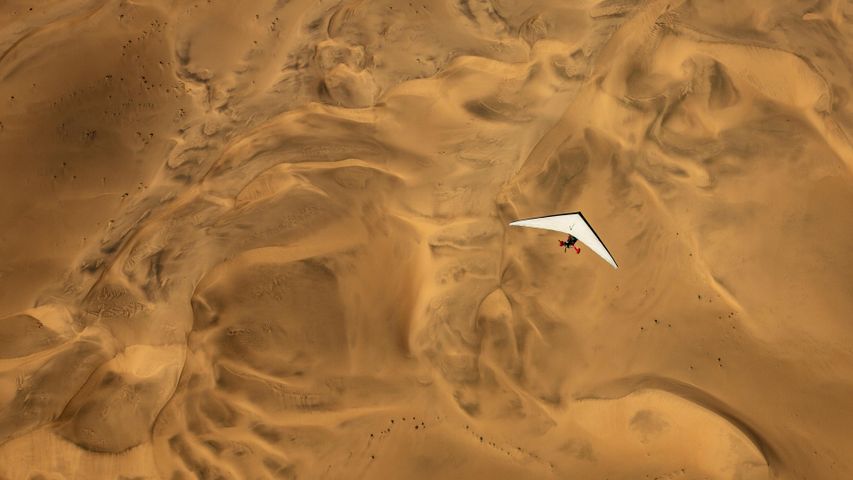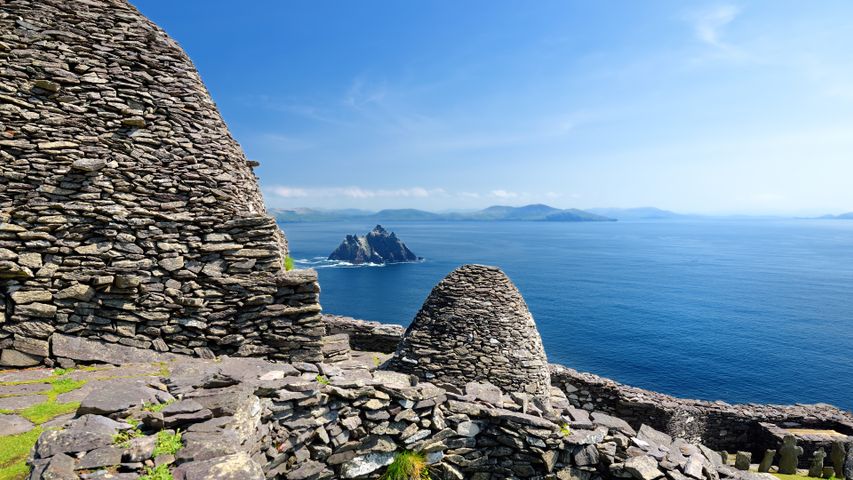Inca fortress of Sacsayhuamán near Cusco, Peru
© Susanne Kremer/eStock Phot
The (Inca) empire strikes back
Back in the 1530s, Spanish conquistadors were tightening their grip on the lands of the Incan Empire, including the massive 12th-century stone fortress in today's image: Sacsayhuamán, in the old Inca capital of Cusco. The Spanish held a man named Manco Inca prisoner, the puppet leader they installed over the Incans. But one day in the spring of 1536, he escaped.
He returned on 6 May, accompanied by legions of Inca warriors. The Inca retook much of Cusco, including Sacsayhuamán, which they made into their main base, forcing the Spanish to take refuge in buildings near the main plaza. In the end, the Incan effort failed: After a few months, the Spanish retook Sacsayhuamán and cut off the Incans' supplies, forcing their surrender and finalising Spain's control over Peru. The Spaniards partly dismantled Sacsayhuamán and used its smaller blocks to build colonial Cusco. But even today, the outer walls of impossibly large interlocking stones still overlook the modern-day city, a symbol of the mysterious empire that once ruled here.
Related Images
Bing Today Images
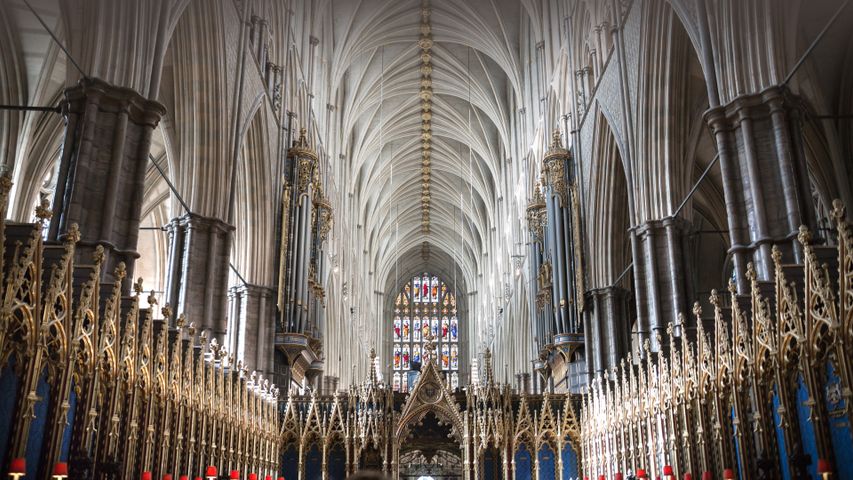
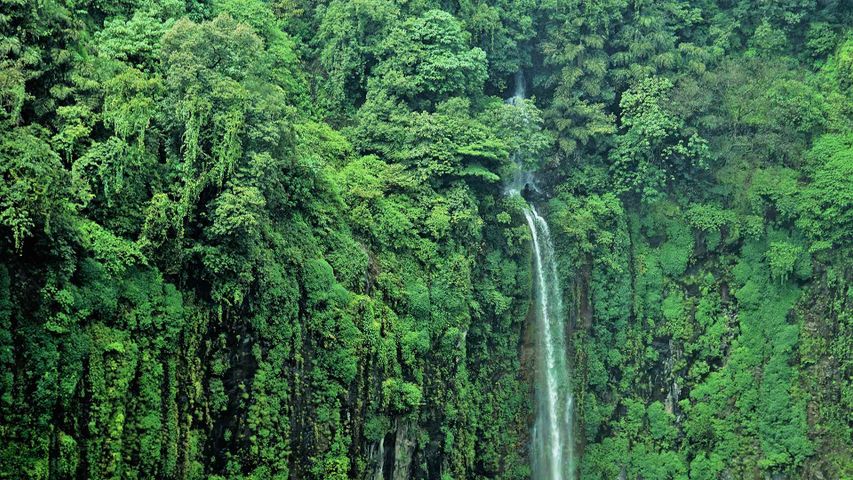
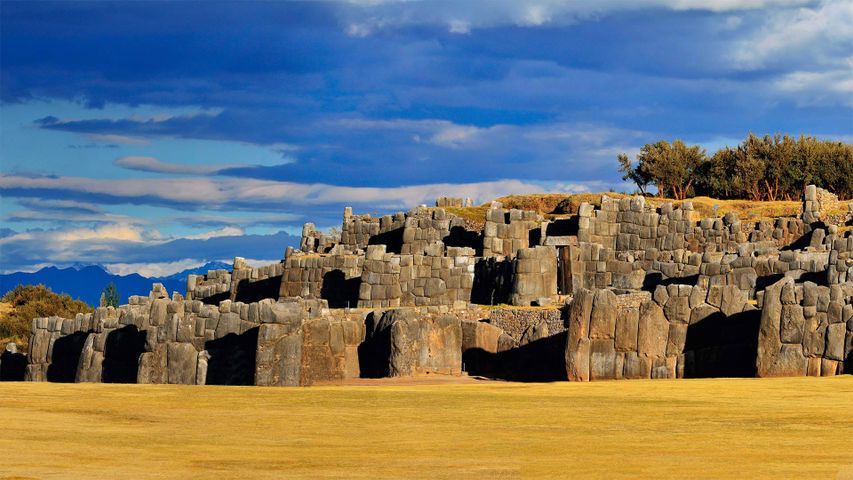
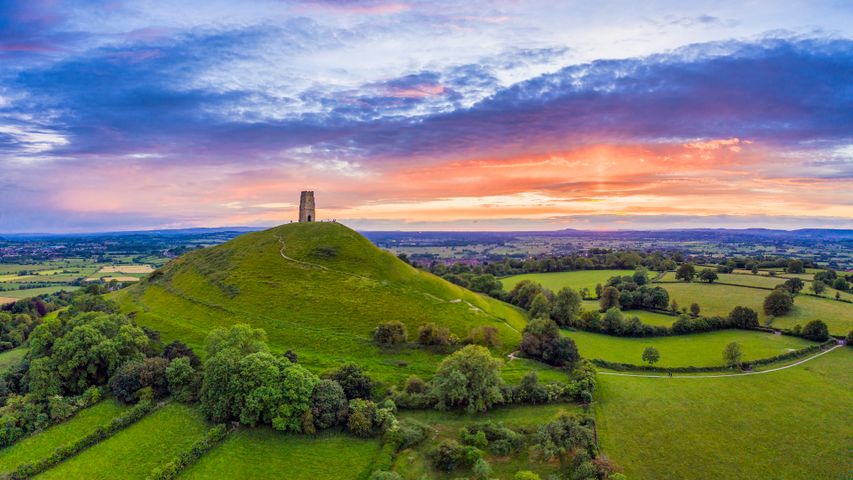 St. Michael's Church Tower on Glastonbury Tor, Glastonbury, Somerset, England
St. Michael's Church Tower on Glastonbury Tor, Glastonbury, Somerset, England
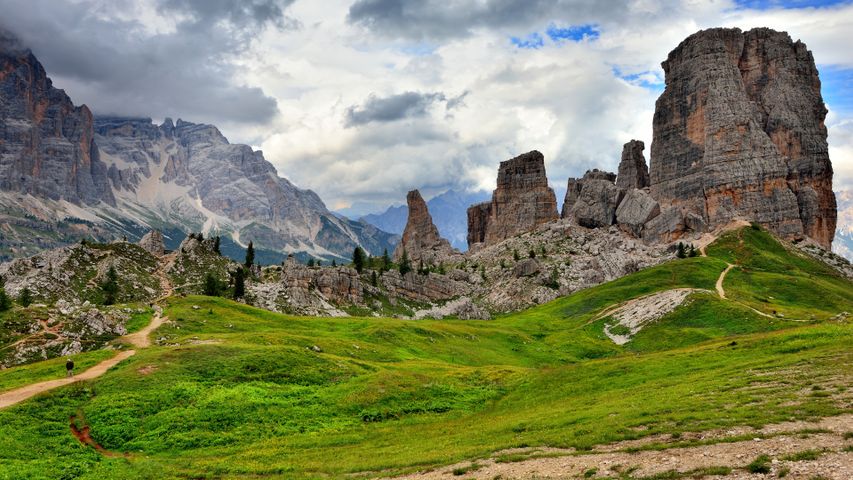 Cinque Torri, Dolomites, Italy
Cinque Torri, Dolomites, Italy
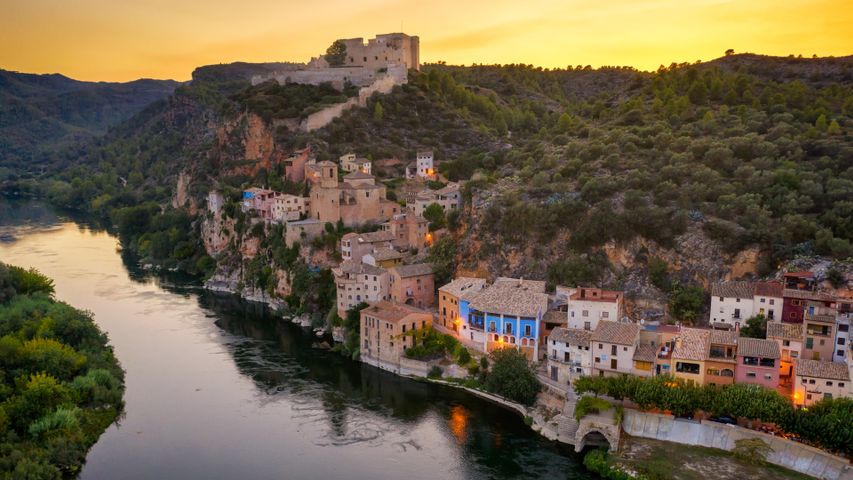 Miravet on the Ebro river, Tarragona, Catalonia, Spain
Miravet on the Ebro river, Tarragona, Catalonia, Spain
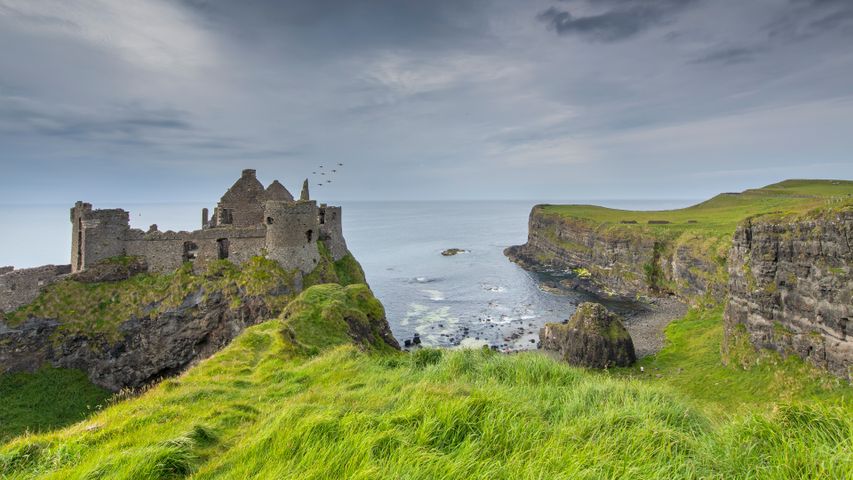 Dunluce Castle, County Antrim, Northern Ireland
Dunluce Castle, County Antrim, Northern Ireland
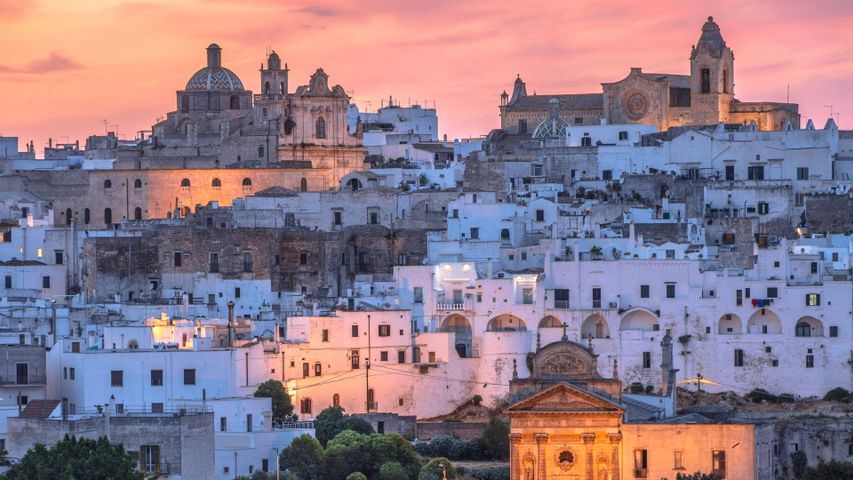 Ostuni, Apulia, Italy
Ostuni, Apulia, Italy
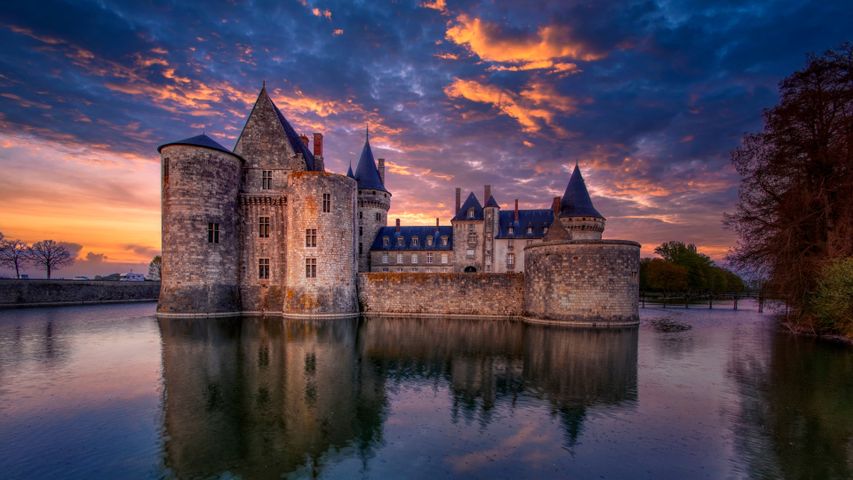 Château de Sully-sur-Loire, Center-Val de Loire, France
Château de Sully-sur-Loire, Center-Val de Loire, France
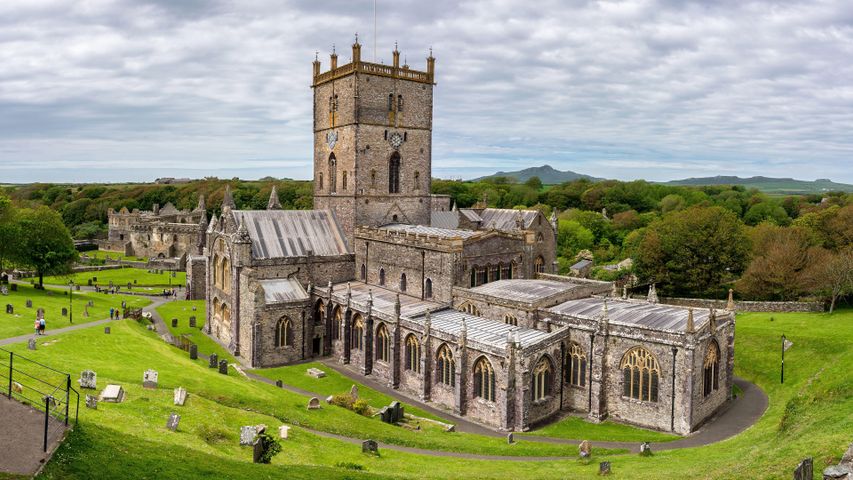 St Davids Cathedral, St Davids, Pembrokeshire, Wales
St Davids Cathedral, St Davids, Pembrokeshire, Wales
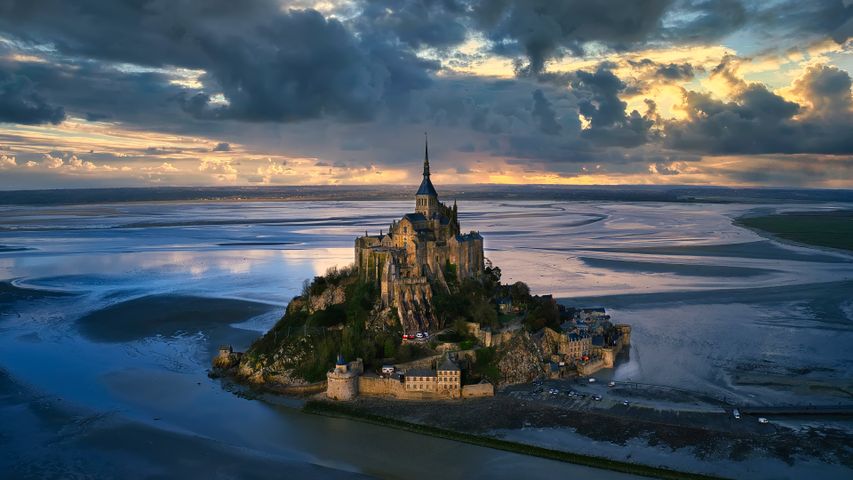 Mont-Saint-Michel, Normandy, France
Mont-Saint-Michel, Normandy, France
